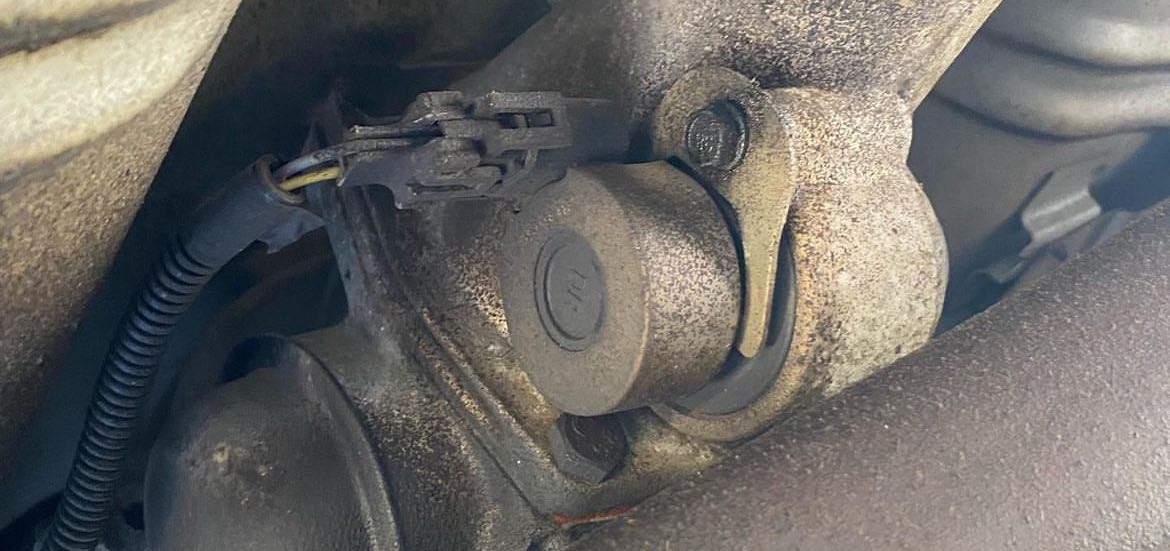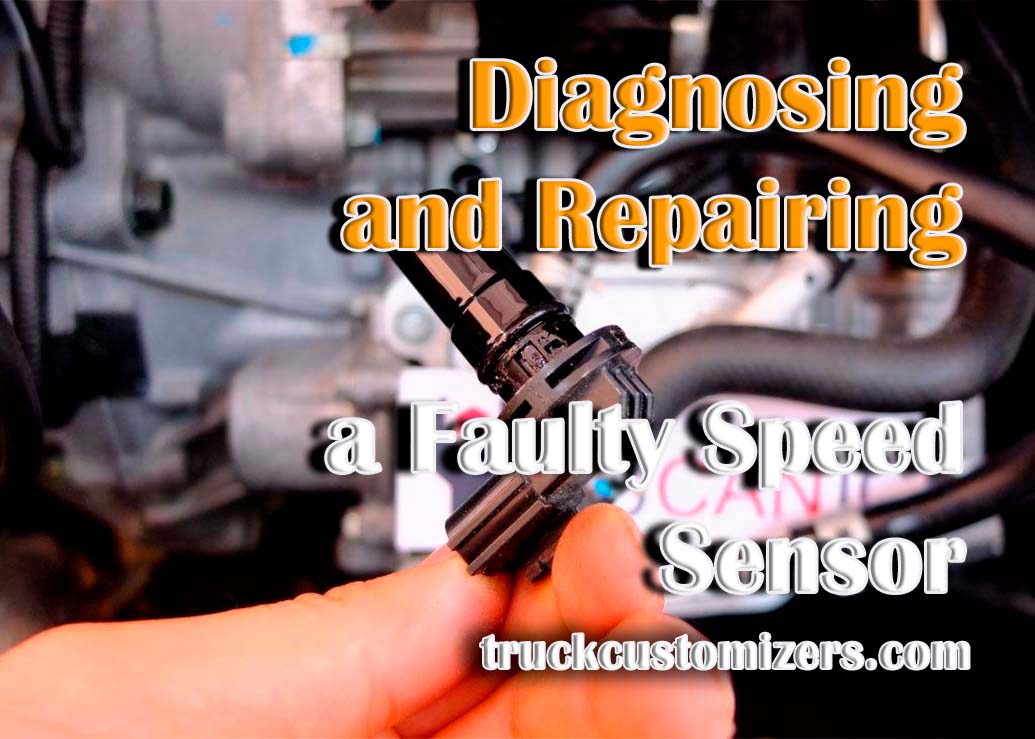Speed sensors are really important for cars to work properly. They give important information to the transmission controller, which helps it figure out when to shift gears and how much power is needed. However, when a speed sensor becomes faulty, it can cause various issues with your vehicle’s operation and safety. We’ll explore the benefits of timely maintenance and repair, as well as highlight common signs that indicate a faulty speed sensor. By understanding these aspects, you can ensure optimal performance and safety for your vehicle.
What Is a Speed Sensor?
A speed sensor in a car is a device that measures the rotational speed of the car’s wheels and sends an electronic signal to the vehicle’s ECU. The ECU uses this signal to adjust the fuel/air mixture, timing of spark plug firing, and other components necessary for maintaining optimal engine performance. Speed sensors are commonly found on both front and rear wheels, as well as on driveshafts. The data collected by these sensors is then shared with other systems such as stability control, antilock brakes, and traction control. Speed sensors typically use magnetic or optical technology to measure rotational speed, though there are some variations to this depending on the make and model of the car. These sensors provide a vital input for safe driving practices and can save lives in dangerous situations like skidding or when rapid acceleration or deceleration occurs.
Symptoms of a Faulty Speed Sensor

When a speed sensor becomes faulty, the performance of your car will suffer. Common indications of a faulty speed sensor are:
- The speedometer not working correctly or at all.
- The vehicle jerking or lurching when shifting gears.
- Poor fuel economy due to inaccurate readings from the ECU
- Trouble starting, especially in cold weather.
- Check engine light illuminated on the dashboard.
If any of these symptoms start to occur, you must take your vehicle to a certified mechanic for diagnosis and repair. Ignoring these indicators can lead to further problems down the road.
How to Diagnose a Faulty Speed Sensor
Diagnosing a faulty speed sensor is relatively easy and can be done either with a multimeter or by using the vehicle’s diagnostic system. To use the multimeter, you must first locate the speed sensor on your car, which should be quite easy due to its distinct shape and color. Once you have found it, unplug it, and disconnect any other wiring or fasteners holding it in place. Next, connect your multimeter leads to the two terminals at the end of the speed sensor cable. If you are using an analog meter, set it to DC voltage and then spin one of your car’s tires. You should see a fluctuating voltage reading on the meter as it measures how fast each wheel is spinning.
If no voltage is registered on your meter or if you are using a digital multimeter, then you will need to use your vehicle’s diagnostic system instead. Each manufacturer has their procedure for diagnosing this issue; however, in most cases, they involve plugging in an OBDII scanner into your car’s computer port and running some tests through its software interface. This will provide detailed information about any faults that may have occurred with your speed sensor such as low voltage readings or incorrect data transmissions from the ECU. In instances where voltage issues are a concern, it’s also crucial to know the location of key components. Where is the Voltage Regulator Located is an essential resource to also read.
Replacing the Speed Sensor
Once you have diagnosed the issue, it’s time to replace the faulty speed sensor. This can be done either by yourself or by a professional mechanic. If doing it yourself, make sure you have all the necessary replacement parts and tools ready before starting. To start, remove any fasteners or wiring holding the speed sensor in place and then unscrew it from its mounting bracket. Then, take out any debris that may be lodged in its opening and clean off any dirt or other contaminants on the sensor itself with a brush and some soapy water. Once cleaned, install the new speed sensor into place then reconnect any wiring or fasteners that were removed earlier. Finally, test out your car to make sure everything is working properly; if there is still an issue then consult a professional mechanic for further assistance.
Conclusion
Faulty speed sensors can have serious implications for your car’s performance and safety, so it is important to diagnose and repair any issues as soon as possible. With the right tools and knowledge, you can replace a faulty speed sensor yourself or take your vehicle to a professional mechanic for assistance. Understanding the benefits of timely maintenance and repair can help you keep your car running at its best and most importantly, ensure optimal safety when driving.



